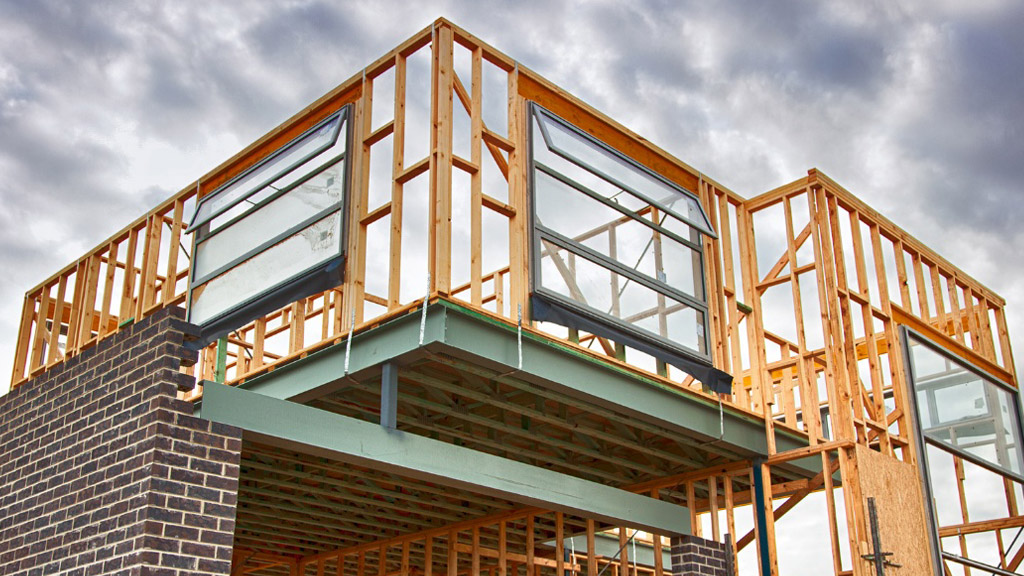
This educational post was provided by Pat Hart (COO) and Bridget Smith (CMO) from Trifecta Management Group.
Here’s what you need to know – It’s all about planning, programming, process and communication to ensure you end up with the most competitive and successful concept run by the utmost talented people.
The first step is determining the viability of your vision and plan. This is best accomplished by what is often referred to as a ‘Market Study’ (see our Market Study Blog). In essence, the study looks at relevant market conditions from demographics to competition, to confirm your decision or identify obstacles or concerns to building a new center, as well as develop construction, preopening and marketing budgets if the project moves forward.
Once market conditions are deemed positive, the next critical step is to design your venue to take advantage of key niches within the market, and make sure it is appropriate in concept, design and size, e.g., number of lanes, cuisine / size of restaurant, what type and how many other attractions / product offerings. This is truly where art meets science to ensure the layout is most appealing in appearance, the adjacencies make sense, and that ergonomics and flow are efficient and work for both the customer and the employee. It must be appealing and efficient.
Once the plans are completed and permits granted, the fun really begins with construction. Modern-day entertainment centers are complex and unique projects. It is important that the general contractor (GC) has experience in constructing these type venues and can plan and manage the trades to work together as a team. The GC should know the importance of timing and sequence for installing elements such as kitchen equipment and pinsetters. The guy who built your house or office building probably isn’t your best choice. It would be analogous to an Uber driver racing a Formula One car at Le Mans!
Assuming you’re developing your first concept / prototype, there are many conceptual elements that will need to be developed—name / brand, logo, menus, pricing, style guide, group sales packages (which could be more than 25% of your business), marketing promotions / materials, website / social media platforms and advertising plan—traditional and digital. Each of these elements has a huge impact on how your concept presents to the consumer. It is imperative that all pre-opening events / communication are carefully and strategically planned, as the initial impact of this one-time exposure will result in huge returns, both perception-wise and financially—more on this later. And all these efforts have long lead times to develop but should begin in earnest on a parallel path with construction.
As complex as these centers are to build, they are even more complex to run. To ensure a successful operation you must find the best people you can to operate the facility, a team that has the experience and skill sets to manage a large group of people (up to 150 employees), diverse in skills, in pursuit of integrated goals in a high-volume environment. In addition to hiring the best and the brightest, this is most effectively accomplished by developing and implementing operational systems and procedures, training materials and processes that work!
Systems are only as good as the people using them, making effective hiring and training programs an integral driver of your success. These programs are enhanced with ongoing employee development programs. It is also critical to right-size the crew to deliver consistently on guest expectations while maintaining profitable margins. A key element to attracting talent while maintaining cost margins is a competitive compensation and incentive program, a difficult task at best. It is critical to reward a balanced approach to managing the business by including both sales building and cost controls as criteria for any incentive program.
While all of this is going on, you must plan how and when you want to communicate with your target audience(s) in an efficient but economical manner. You will want to begin generating the buzz before groundbreaking occurs, however the timing of what information is leaked is critical to avoid being bombarded with questions about opening dates and customers prematurely trying to book parties.
As mentioned earlier, you have one chance to make a profound impact with the news of your opening, which should be done via events and getting the word out. We have found that there is excellent value in using local PR firms or people familiar and connected with the market, who can stage pre-opening events such as press tours and interviews to describe and promote the product. In addition, you will want to plan the ‘Grand Opening Event’ (e.g., VIP, charity, etc.), as well as potential promotions, e.g., Play it Your Way or Flashback Days, either day-and-date with the opening or delayed once the initial impact is realized. Both promotions and grand opening plans should be completed well in advance of the opening date to ensure support and promotional materials are on hand and media sources lined up ‘out of the gate.’
Throughout this multi-faceted process, one critical factor remains and that is Communication! Given the complexity of the project and number of people involved, tight timelines and issues that arise unforeseen, e.g., material delays, weather and inspections / permits, there needs to be a clear and concise chain of command for decision making and problem resolution. Few other factors affect the ease and efficiency of the pre-opening process as does communication.
So, while it can be a complex and intimidating process, we have learned how to bring order to the chaos, and best ensure a cost effective and timely pre-opening experience through proper planning, communication and adhering to a process. Based on our experiences, it really is worth the challenge!
